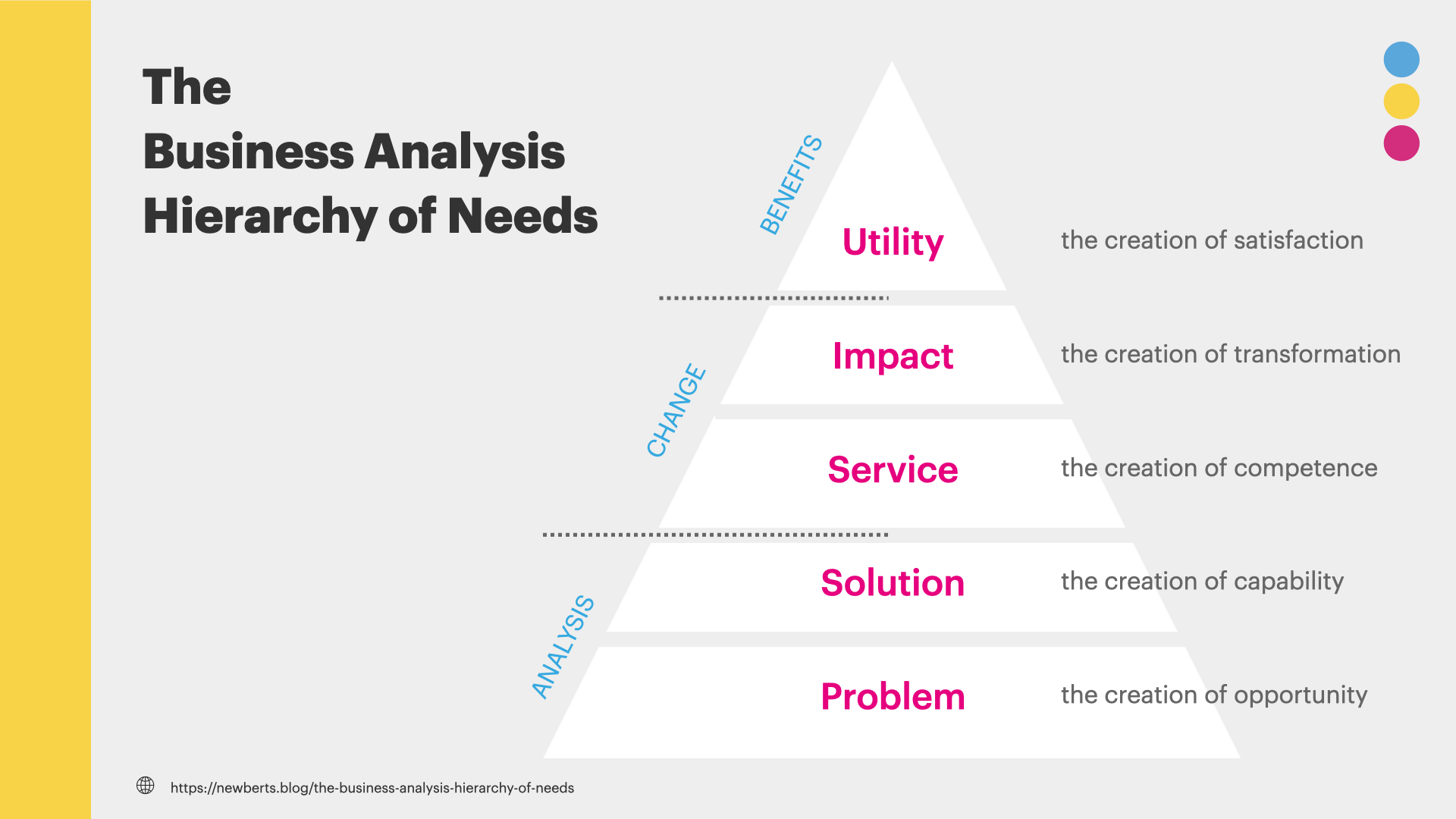Critical Chain Project Management: Everything You Should Know
Project managers need practical techniques and methods to plan and track project timelines and prevent delays.
At the same time, they need to consider limited resource availability and task dependencies without overworking their employees.
These methods help prevent projects from deviating from their original plans. The Critical Chain Project Management (CCPM) method is one of the most reliable techniques for managing project timelines and resources.
In this article, you’ll learn the basics of CCPM, which will help you decide if this method is appropriate for your company.
The Origins of CCPM
In 1997, Dr. Eliyahu M. Goldratt developed and published Critical Chain Project Management as an outgrowth of one of his other innovations, namely the Theory of Constraints (TOC).
To improve production capability and the degree of efficiency, TOC focuses on distinguishing and adjusting bottlenecks, as does the critical chain method.
What Is CCPM?
Critical chain project management is a project planning method that focuses on task resources. These resources include people, money, equipment, and physical space, among other things.
CCPM creates an environment where people can quickly identify and monitor dependencies between tasks and resources. It also lets project managers handle uncertainty and unforeseen situations by:
- Bringing task duration estimates to an average
- Planning a schedule backward starting from the due date to make sure tasks are done when needed
- Protecting the project by putting buffers in the plan
- Controlling the plan and getting feedback by monitoring the buffers
Unlike the critical path method (CPM), this one doesn’t aim to find the absolute best schedule. Instead, it tries to find a good enough solution.
CCPM uses the concept of buffers to make sure that resources are available when they’re required for the completion of a task. Four types of buffers are the following:
- Project Buffers are inserted between the last task and the completion date and make sure the date doesn’t change.
- Feeding Buffer is set at the end of non-critical chains to prevent any delay from the critical chain.
- Resource Buffer is inserted at the beginning of the critical chain and ensures it has the essential resources.
- Capacity Buffer provides on-call resources in case unforeseen budget issues arise.
Why Use CCPM
Traditional project management tools usually suffer from budget and time overruns of up to 50–200 percent. Project managers base their plans on predictable tools and experience, but eventually, something’s bound to get out of control. Traditional project management processes are geared to manage uncertainty and reduce risks by:
- Increasing task durations and taking worst-case scenarios into account.
- Starting work early to avoid delays.
- Starting multiple tasks at once.
- Concentrating on start and finish points.
Chain management offers several benefits:
- It allows a team to monitor the whole project’s life cycle and how their efforts move the tasks along.
- It increases team productivity and capability by letting everyone concentrate on their tasks.
- It reduces student syndrome, which is when people put off work until the last minute.
- It allows you to experience a more timely project completion by considering the minimal time needed and not focusing on safety margins.
- Significantly decreases the critical requirements.
- Reduces the effects of Murphy’s law and Parkinson’s law.
Steps You Need to Take to Be a Pro at CCPM
1. Define the Critical Chain
Identify the most important tasks as well as ones that are the most time-consuming. These tasks will make up your critical path. You should begin your work with the most important tasks and then organize others in descending order.
2. Design 50/50 Timelines
Each task’s duration represents an estimation of how long it’ll take to complete. However, such estimations typically include excessive safety time. By cutting the duration in half, you will create a sense of urgency in your team and push them towards a more productive and efficient timeline.
3. Identify Resource Constraints
Your resources are your time, budget, employees, office, equipment, etc. By identifying and eliminating the resource constraints before you start, nothing will catch you off guard in the middle of the project and delay your tasks. Thus, you will be able to plan everything accordingly.
4. Design A Detailed Model for Your Project
It’s best if you create a detailed CCPM model that includes task descriptions, available resources, a time table, time buffers, and the due date. You should definitely share it with your team and let them know what others are doing and how the project is progressing.
5. Implement Buffers
Buffers are important to project management tools used for unexpected changes and uncertainties. They will help your team finish the job faster because they act as shock absorbers and control the process. This way, you’ll have all the information you need to take recovery actions.
6. Abolish Multi-Tasking and Limit The Focus
Make sure your team members have just enough on their plates to keep them focused on individual tasks, but not so much that it will force them to multi-task, which will reduce productivity and stretch the timeline.
Bottom Line
Critical chain management can be helpful for many projects, as it allows them to be completed on time, without compromises and waste, and within budget. It can help you lead your team to better productivity, efficiency, and speed.





